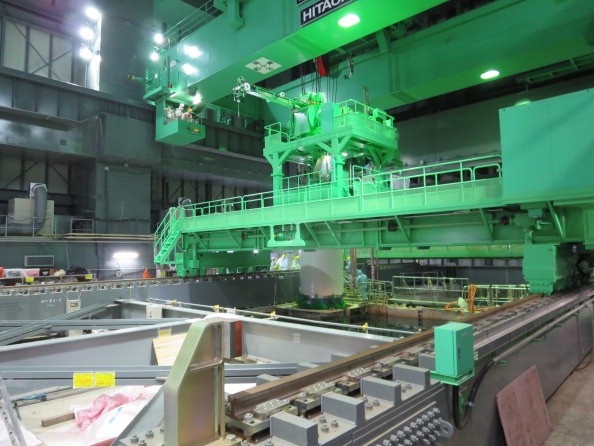
There is no denying how the Fukushima Daiichi nuclear accident in 2011 is one of the most devastating nuclear occurrences in modern history. The incident is considered as the largest nuclear disaster following the Chernobyl disaster in 1986 and is only the second Level 7 event based on the International Nuclear Event Scale.
Five years after the unfortunate incident, Japan is still in the midst of cleaning up the nuclear wreckage. Considering how the area is still highly radioactive, it is expected that it would take at least three to four decades before the plant is completely torn down. Thankfully, a new innovation from the builders of the reactors themselves might help speed the process up.
Last January 18, 2016, Toshiba unveiled their newest remote-controlled robot which is expected to aid in tearing down the third reactor damaged in the hydrogen explosion during the plant's meltdown in 2011. The robot is equipped with crane-like arms that would be used in removing fuel rods from inside the reactor. It would be a year before the machine is operational and it is expected that it would be able to extract 566 fuel rods from the reactor.
Previously, in the cleanup of reactor 4, human workers were tapped to recover fuel rods from the reactor's cooling pool. Reactor 4 is only plagued by low radiation levels, unlike the fatal doses in reactor 3, since the reactor had been shut down and refueled in the midst of the March 2011 tsunami.
Despite the relatively safe radiation levels, it has been reported that several clean-up workers have developed diseases that was caused by their exposure. Just last year, a worker was finally awarded compensation after developing leukemia following months of being at the Fukushima site. The occasion was the first acknowledgement of the link between working at Fukushima and developing cancer.



